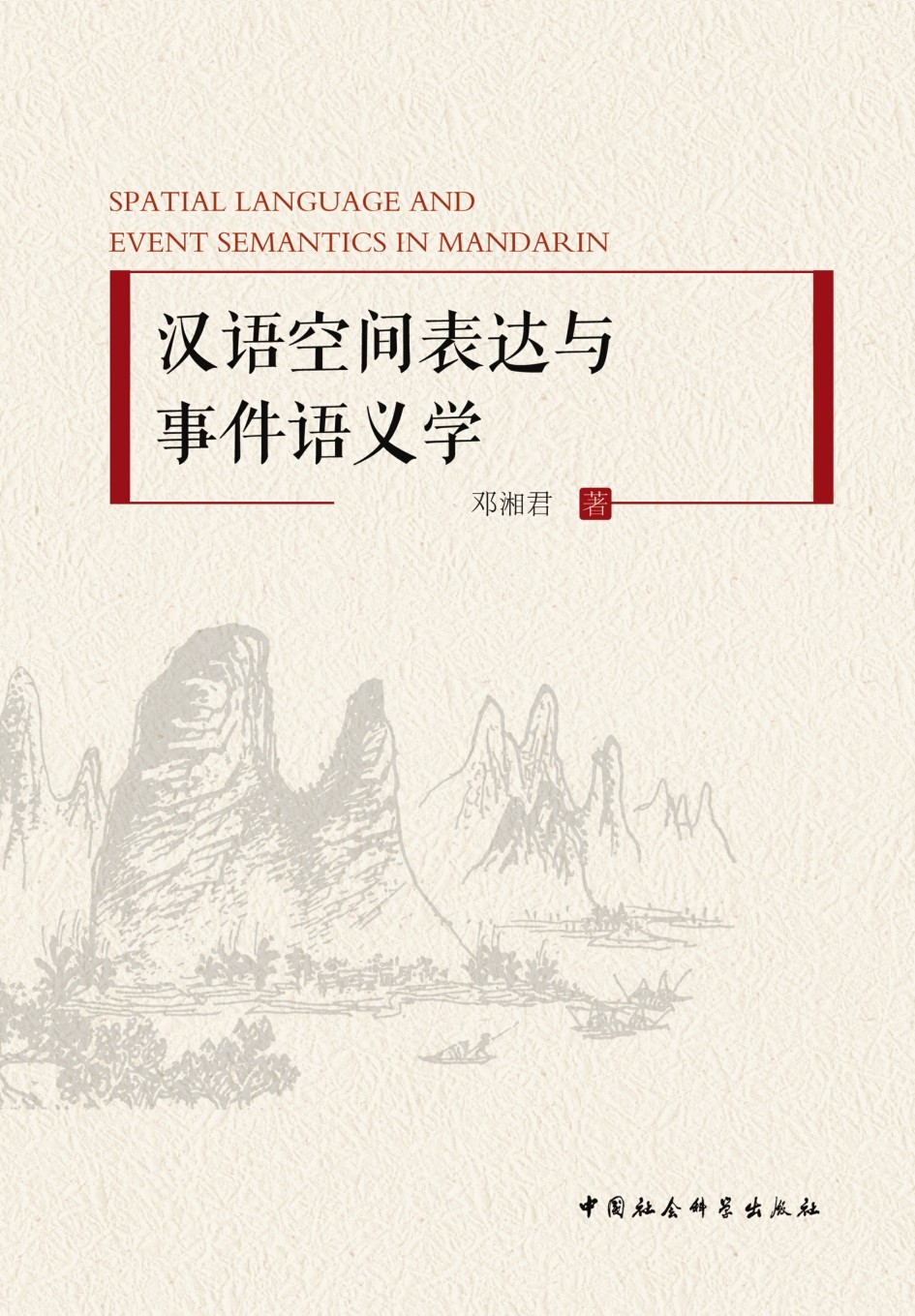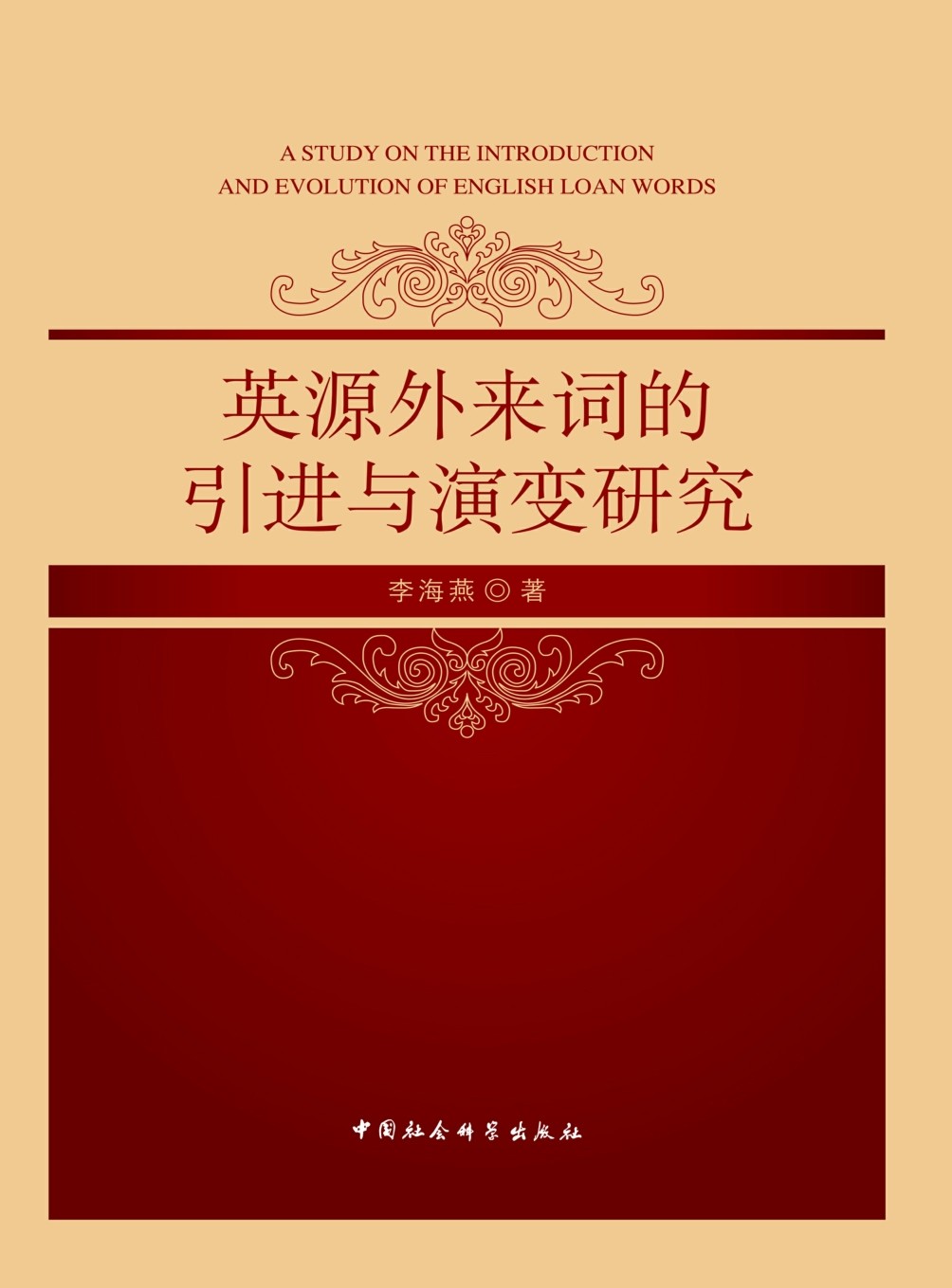
内容简介
作者简介
目录
目录
Chapter 1 Space in Language
1.1 Defining space
1.1.1 Semantic primitives in motion events
1.1.2 Syntactic realizations of semantic primitives
1.2 Viewing space via event semantics:some preliminaries
1.2.1 Argument structure of a verb
1.2.2 Event type and event structure
1.3 Objectives and organization of the book
Chapter 2 Ambiguities of Mandarin Spatial Modifiers:An Event-semantic Perspective
2.1 Ambiguities in linguistic space
2.2 Explaining semantic ambiguity of spatial modifiers
2.2.1 The principle of(sub)event modification
2.2.2 The principle of aspect shift
2.3 Event semantics in framing Chinese motion events
2.4 Remedies for ambiguity in linguistic space
2.5 Summary
Chapter 3 Distribution of zai in Mandarin
3.1 Verb classification based on event type
3.2 Classification of spatial prepositions
3.3 Spatial prepositional phrases headed by zai(zai-PPs)
3.3.1 Distribution of zai-PPs
3.3.2 An event-semantic account of the use of zai-PPs
3.3.3 Syntactic positions of zai-PPs
3.4.3 Cognitive constraints on the use of zai-PPs
3.3.5 Diachronic changes of zai
3.4 Summary and discussion
3.5 Acquisition of zai
Chapter 4 Lo calizer Phrases,Locative Subjects,and Locative Object
4.1 Syntax and semantics of localizers and localizer phrases
4.2 Locative subjects
4.2.1 Information structure of locative subject sentences
4.2.2 Aspectual properties of locative subject sentences
4.2.3 One-argument locative subject sentences
4.2.4 Nature of locative subjects:subject or topic?
4.3 Syntax and semantics of locative objects
4.4 Summary
4.5 Acquisition of the localizer phrase and the locative subject construction
Chapter 5 Linguistic Space,Perception,and Cognition
5.1 Frames of reference,reference strategies and Figure-Ground asymmetry
5.2 Effects of cognitive development on language development
5.2.1 Frames of reference and reference strategies used by children
5.2.2 Acquisition sequence of localizers
5.2.3 Early awareness to Figure-Ground asymmetry
5.2.4 Summary
Chapter 6 Beyond the Domain of Spatial Language
6.1 The application of event semantics to the study of spatial encoding in Mandarin
6.2 A better understanding of linguistic space from the perspective of perception and cognition
6.3 Other contributions
References
版权所有:中国社会科学出版社 备案序号: 京ICP备05032912号-1 地址:北京西城区鼓楼西大街甲158号 邮编:100720








